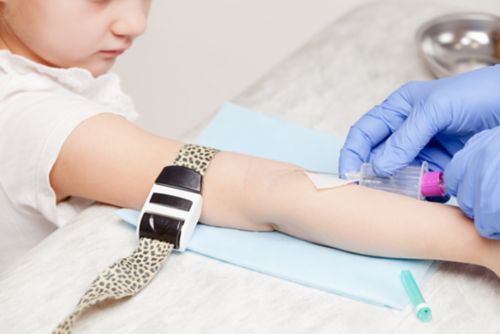Menu
Close
Back
Welcome to
Together is a new resource for anyone affected by pediatric cancer - patients and their parents, family members, and friends.
Learn MoreVenipuncture is the insertion of a needle into a vein. The needle is free from germs (sterile). Your child’s health care providers perform this procedure. They might also call this a “stick.”
The care team does venipuncture to:
A tube that stays in your child’s body so that they can get medicines or fluids is an IV. IV stands for intravenous (inside the vein). Your child might need an IV if they do not have another type of central venous line, such as a tunneled central line, subcutaneous port, or peripherally inserted central catheter (PICC).
If your child has another device, they may need an IV to get more medicine, fluids, blood products, or perform more tests.
Getting a stick can cause mild to moderate pain. The staff can make your child more comfortable by:
A care team member might hold your child to keep them safe during the stick.

To make the stick happen more quickly, the care team may do some things to see your child’s vein better and do the stick more quickly, such as:
The best option depends on your child. Every child is different. Once your child is ready and the vein has been located, the staff will:
Alternatively, they may place an IV in your child if needed.
Needle sticks can be upsetting for children and their parents. It is important that you know that:
Please let the care team know if you think your child has hard-to-stick veins, has been stuck recently, or has had problems in the past.
If the staff cannot put in an IV, your child might get their medicines by mouth. The health care team might also give them in a single injection (shot). Your child’s doctor will decide what is best for your child.
—
Reviewed: April 2022